Introduction
In industrial production, flash tanks are essential equipment used to rapidly heat liquids to boiling, effectively separating steam from liquid. Precise measurement of liquid levels in flash tanks is crucial for maintaining process stability and ensuring operational safety. The magnetic level indicator (MLI) is widely used in this context due to its high reliability and adaptability in demanding environments. This article explores the challenges of measuring levels in flash tanks, the working principles of MLIs, and how they effectively address these challenges.
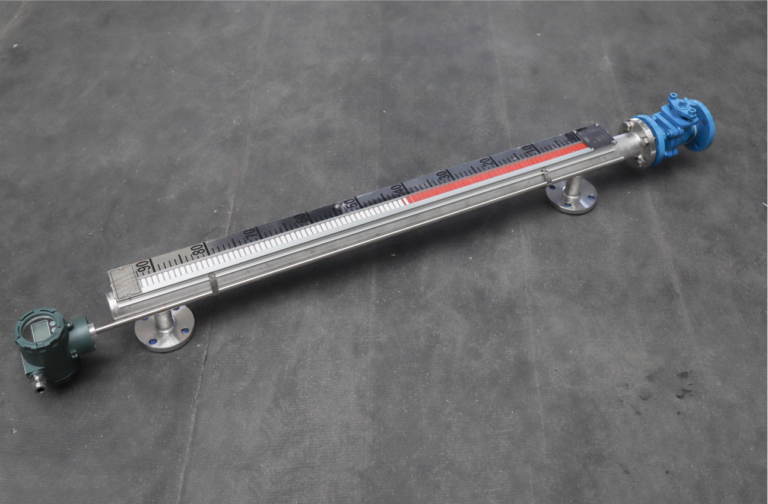
Challenges in Flash Tank Level Measurement
Flash tank level measurement poses specific challenges that make it more complex than standard level measurements. These challenges are as follows:
High Temperature and High Pressure
Flash tanks typically operate under extreme conditions with high temperatures and pressures. These conditions necessitate the use of level measuring instruments that have superior heat and pressure resistance.Frequent Fluctuations
Due to the rapid heating and flashing processes, liquid levels within flash tanks fluctuate frequently and intensely. Therefore, a level measurement instrument is needed that can adapt to dynamic changes without compromising accuracy.Corrosive Media
Flash tanks in chemical processing often contain corrosive media. This requires that level indicators be constructed from corrosion-resistant materials to ensure longevity and maintain performance over time.Steam Interference
Flashing generates significant amounts of steam within the tank, which can interfere with level measurement. Instruments used must be able to operate accurately even in high-humidity environments to avoid signal interference.
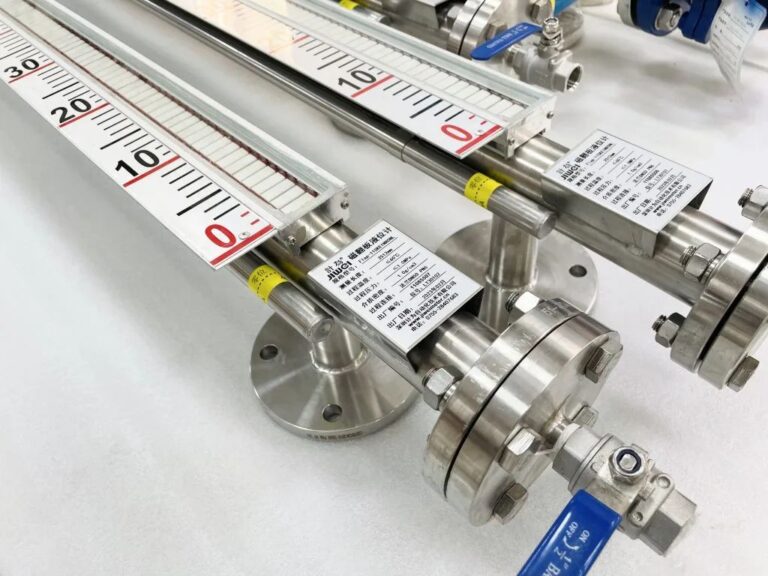
Principle of Magnetic Level Indicators
A Magnetic Level Indicator (MLI) typically consists of the following components: a measuring tube, a float, a magnetic indicator, and a scale. Its operation relies on simple, effective principles that make it well-suited to the demands of flash tank level measurement:
Measuring Tube
Installed on the exterior of the flash tank, the measuring tube is connected to the interior liquid, allowing it to move freely within the tube while reflecting the level of liquid within the tank.Float
Containing magnetic material, the float is buoyant and moves up and down with the liquid level, transmitting its position to the indicator.Magnetic Flip Indicator
Mounted externally along the measurement tube, the indicator consists of a series of magnetic flaps. Each flap has two colored faces: one side (often red) denotes the presence of liquid, while the other side (usually white) indicates the absence of liquid.Level Indication
As the float moves with the liquid level, its internal magnets cause the flip indicator to rotate, clearly showing the liquid level within the flash tank without requiring a direct line of sight.
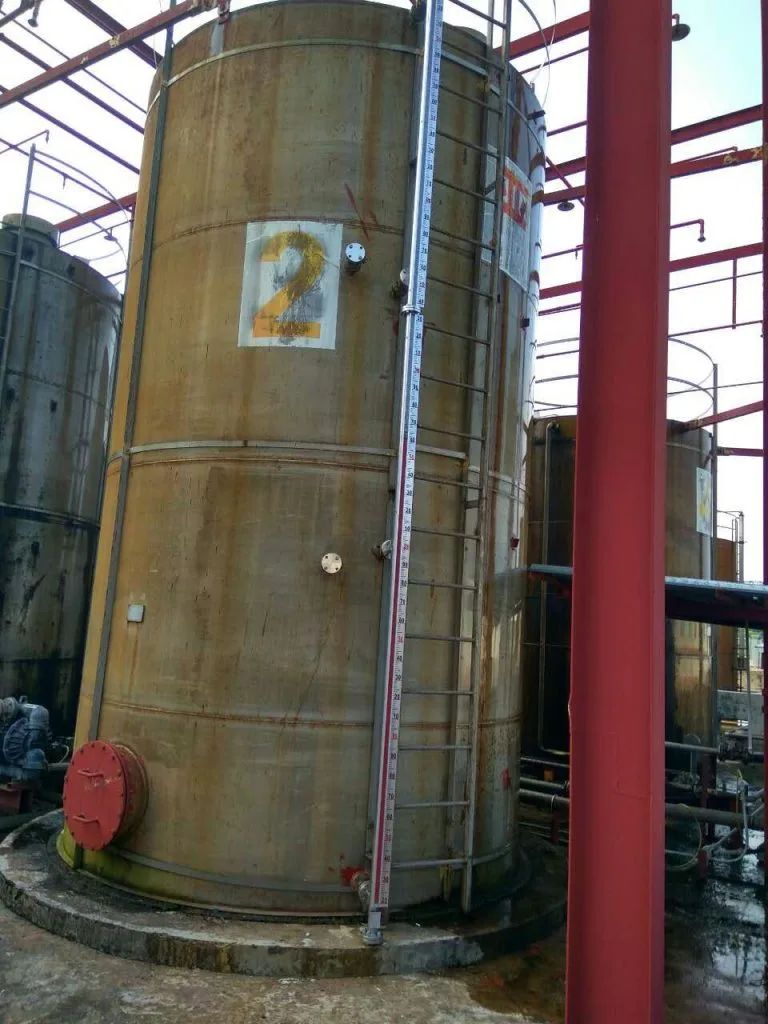
Advantages of Magnetic Level Indicators
The MLI offers multiple benefits that make it an ideal solution for flash tank level measurement. These include:
High Reliability
The MLI has a simple structure and does not require an external power supply, reducing failure rates and making it suitable for long-term, stable operation in industrial environments.Resistance to High Temperatures and High Pressures
MLIs can be constructed from materials designed to withstand extreme temperatures and pressures, such as high-grade stainless steel or specialized alloys. This enables them to operate effectively in the harsh conditions typical of flash tanks.Corrosion Resistance
To handle various chemical media, MLI components, including the measuring tube and float, can be made from corrosion-resistant materials like stainless steel, titanium alloys, or other specialized coatings, ensuring durability in challenging environments.Steam Resistance
Since MLIs rely on mechanical flipping instead of electronic signals, they are unaffected by steam interference, maintaining accurate measurements in humid, steam-filled environments.Clear, Visual Display
The MLI provides a straightforward and clear visual indication of the tank level, which allows operators to monitor levels in real-time without needing specialized electronic devices or display screens.
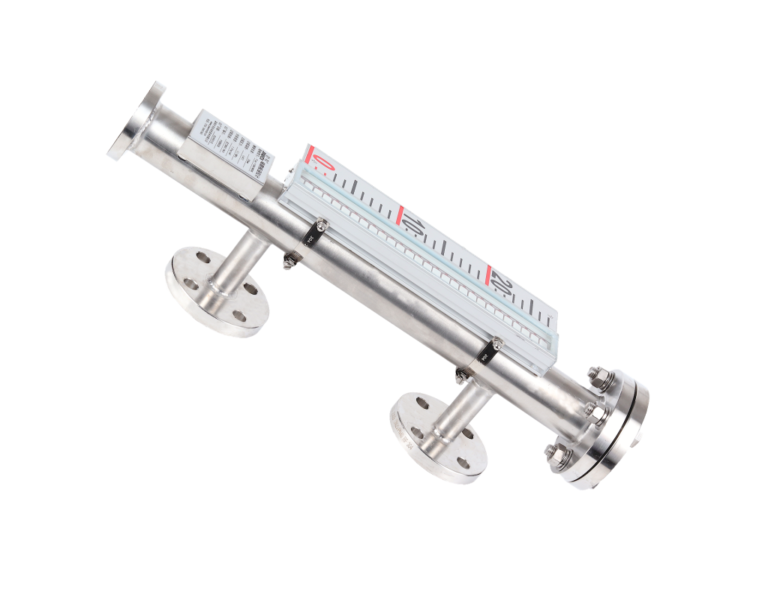
Application of MLIs in Flash Tanks
Magnetic Level Indicators are straightforward to install and maintain, making them particularly advantageous in flash tank applications:
Easy Installation
MLIs can be mounted on the exterior of flash tanks via flange or threaded connections, simplifying installation without impacting the tank’s internal processes.Maintenance-Friendly Design
With an external design, MLIs facilitate maintenance and inspection without requiring shutdowns, making it possible to carry out routine checks efficiently.Versatility and Customization
MLIs can be customized according to specific application requirements, selecting appropriate materials and specifications to meet the demands of various chemical media and temperature-pressure conditions.
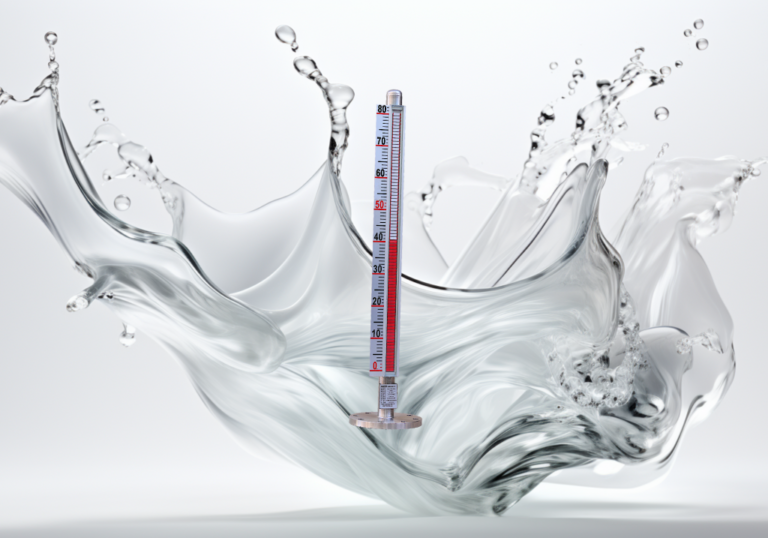
Case Study
In a chemical plant’s flash tank application, an MLI was installed to monitor liquid levels within the tank. The selected MLI was made from stainless steel with a pressure rating of 2 MPa and temperature resistance up to 300°C. Additionally, a special coating was applied to the float to resist the corrosive chemicals within the tank. Since its installation, the MLI has provided stable and accurate measurements, mitigating the impact of fluctuating levels on production processes and enhancing safety and process stability.
Conclusion
Magnetic Level Indicators are proven to be reliable, high-performance solutions for flash tank level measurement, owing to their resistance to high temperatures and pressures, corrosion-resistant materials, and clear, visual display. Their simple design and adaptability make them essential tools in flash tank applications. Looking forward, advances in materials science and manufacturing technology are likely to further expand the application scope of MLIs, making them suitable for an even broader range of challenging conditions.
